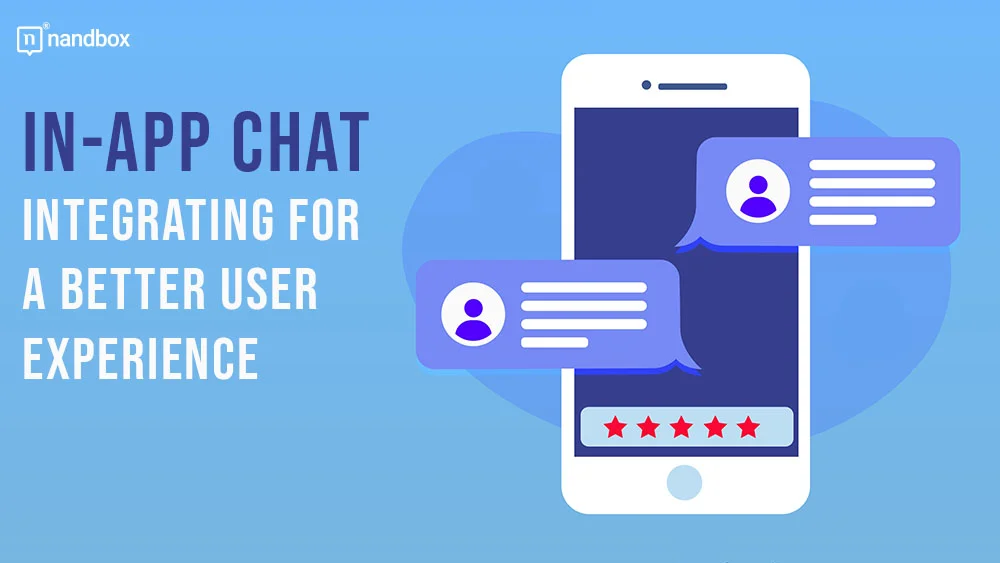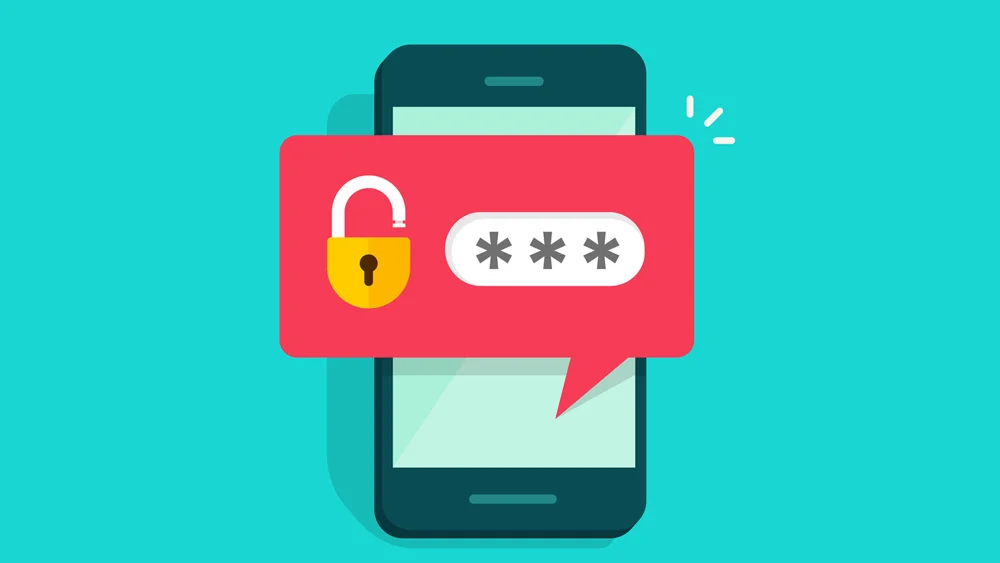In today’s fast-paced digital landscape, where instant connectivity is the norm, the ability to offer seamless communication within your application is no longer a luxury—it’s a necessity. Integrating an in-app chat feature can drastically improve the way users interact with your platform, leading to heightened engagement, stronger user loyalty, and overall satisfaction. By providing a direct and convenient communication channel, you not only meet user expectations but also create a more immersive and personalized experience. Discover how to effectively implement in-app chat features that will not only elevate the quality of user interactions but also ensure they return to your app time and time again.
An Introduction to In-App Chat
In-app chat has rapidly evolved into a crucial feature for a wide array of applications, providing users with the ability to communicate instantly without the need to switch between different platforms or leave the app environment. This functionality is not only about convenience—it’s about enhancing the overall user experience by keeping interactions within the app, thereby creating a more cohesive and engaging journey. Whether it’s for customer support, enabling users to get real-time help and resolve issues promptly, fostering social interaction by allowing users to connect, or facilitating collaborative work by enabling teams to coordinate and share information seamlessly, in-app chat serves as a powerful tool to boost user engagement and retention.
The integration of an in-app chat API may initially appear challenging, especially given the technical complexities involved. However, with careful planning, the right tools, and a clear understanding of your application’s needs, the process can be straightforward and highly rewarding. By providing a feature that users in today’s digital landscape are increasingly expecting, it not only improves the functionality of your app but also distinguishes your platform. With the proper approach, integrating in-app chat can be a seamless process that adds significant value to your app and delivers a superior user experience.
The Importance of In-App Chat
Enhancing User Engagement
In-app chat transcends the role of a simple messaging tool; it has become a pivotal feature that deeply influences how users interact with and perceive your application. By providing a platform for real-time communication, in-app chat encourages users to remain engaged and active within your app, significantly reducing the chances of them drifting away to other platforms. This continuous engagement is crucial, as it directly correlates with longer session times, higher retention rates, and an overall boost in user satisfaction.
For instance, consider a gaming app where players can use in-app chat to strategize with their teammates, share tips, or even engage in friendly banter. Instead of needing to switch to external messaging platforms, players can stay fully immersed in the game, seamlessly blending social interaction with gameplay.
Improving Customer Support
One of the most common uses for in-app chat is customer support. Providing users with immediate assistance within the app reduces frustration and increases trust in your service. An in-app chat feature allows users to quickly resolve issues without navigating through cumbersome email threads or waiting on hold. This immediacy not only improves user experience but also boosts customer loyalty.
Choosing the Right In-App Chat API
Evaluating Your Needs
Before integrating an in-app chat feature, it’s essential to evaluate the specific needs of your application. Do you require simple text-based communication, or do you need advanced features like file sharing, voice messages, or video calls? Understanding these needs will guide you in selecting the appropriate in-app chat API.
Popular In App Chat APIs
There are several in-app chat APIs available, each offering different features and levels of customization. Some of the most popular options include:
- Twilio: Known for its robust API that supports messaging, voice, and video communication, Twilio is a versatile choice for many applications.
- Sendbird: This API is designed for easy integration with features like chat, video calls, and customer support, making it ideal for apps focused on user interaction.
- PubNub: If your app requires real-time messaging and synchronization, PubNub is a powerful option that handles high volumes of data with low latency.
Integration Process
Once you’ve chosen the right API, the integration process begins. While the steps may vary depending on the API and your application’s platform, the general process includes:
- Setting Up the API: Start by creating an account with your chosen API provider and obtaining the necessary API keys.
- Configuring the Backend: Integrate the API into your application’s backend, ensuring it can handle the necessary data flow and storage.
- Designing the User Interface: Develop the front-end chat interface, focusing on usability and responsiveness to ensure a smooth user experience.
- Testing: Thoroughly test the chat functionality across different devices and scenarios to identify and resolve any issues before going live.
Best Practices for Implementing In App Chat
Prioritize User Privacy
When integrating this specific chat feature, it’s crucial to prioritize user privacy. Ensure that all communications are encrypted and that sensitive information is protected. Inform users about how their data will be used and stored, and provide options for managing their privacy settings.
Keep the Interface Simple
A simple and intuitive chat interface is key to user satisfaction. Avoid clutter and unnecessary features that might overwhelm users. Focus on providing essential functions that are easy to access and use. The goal is to create an experience that feels natural and enhances the overall user experience.
Monitor and Analyze Usage
After launching your in-app chat, it’s important to monitor its usage and gather feedback from users. Analyzing how users interact with the chat feature can provide valuable insights into areas for improvement. Regular updates and optimizations will ensure that the chat remains a valuable tool within your application.
Conclusion
Integrating an in app chatting feature is a powerful way to enhance user experience and engagement. By carefully selecting the right in-app chat API and following best practices, you can create a seamless communication experience that keeps users connected and satisfied. Whether for customer support, social interaction, or team collaboration, in-app chat can be a game-changer for your application’s success. Start integrating today, and watch your user satisfaction soar.





